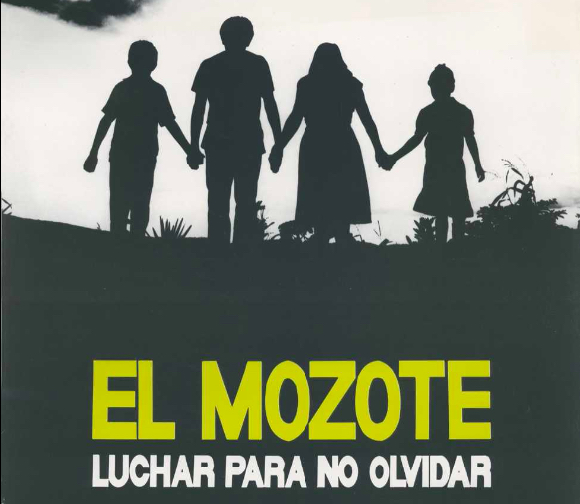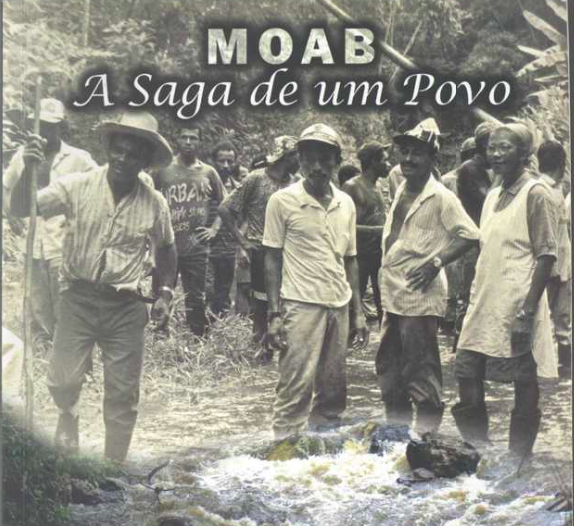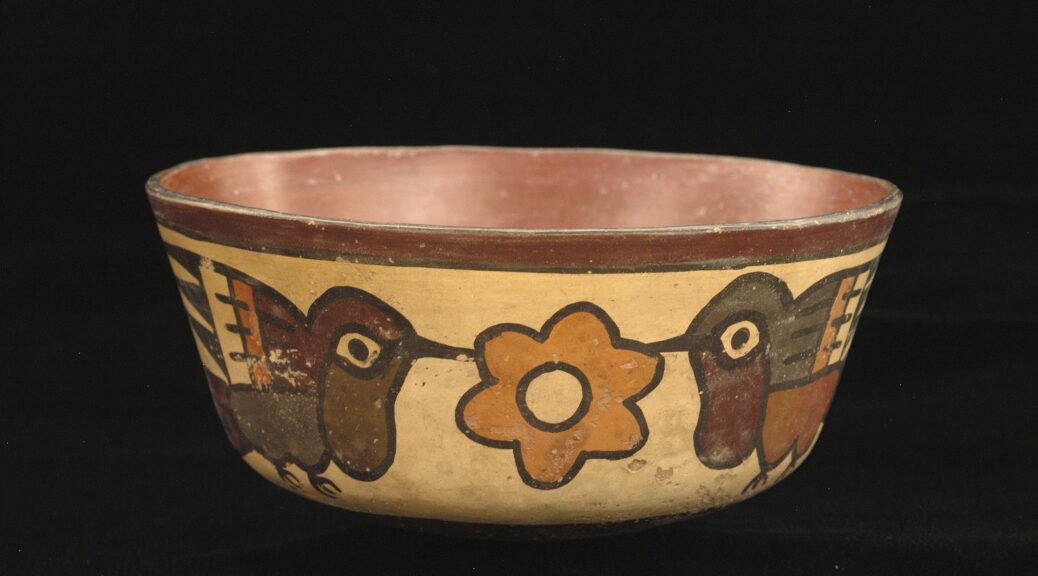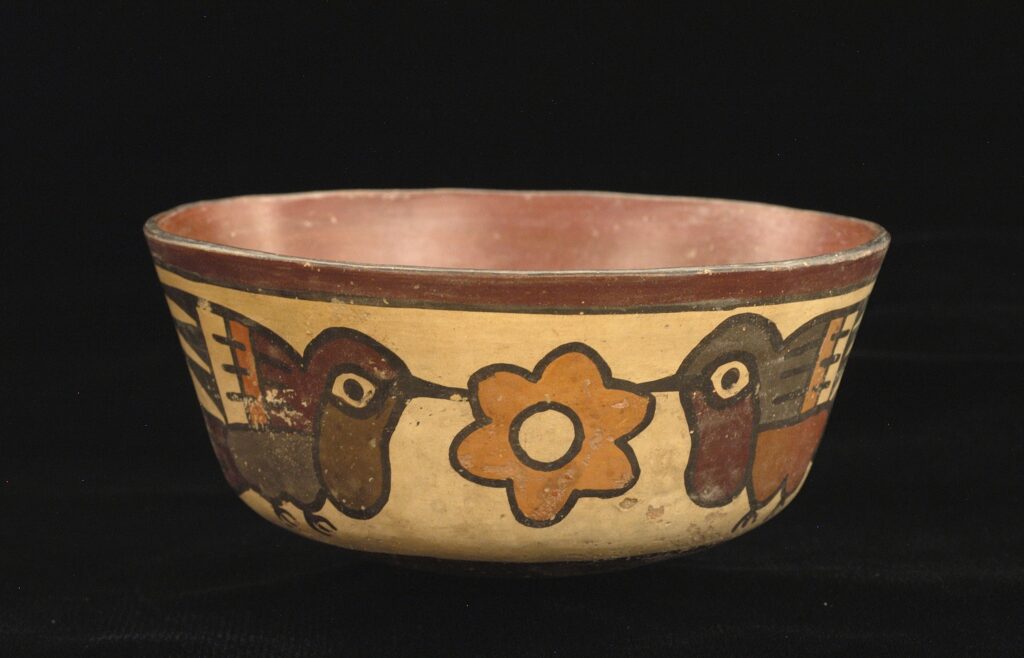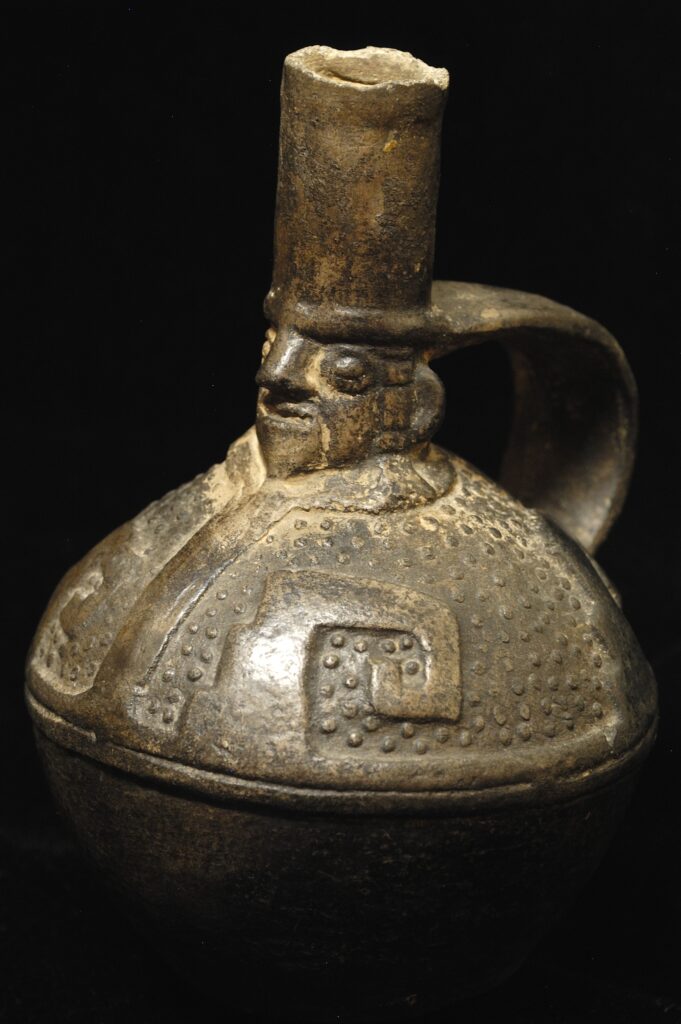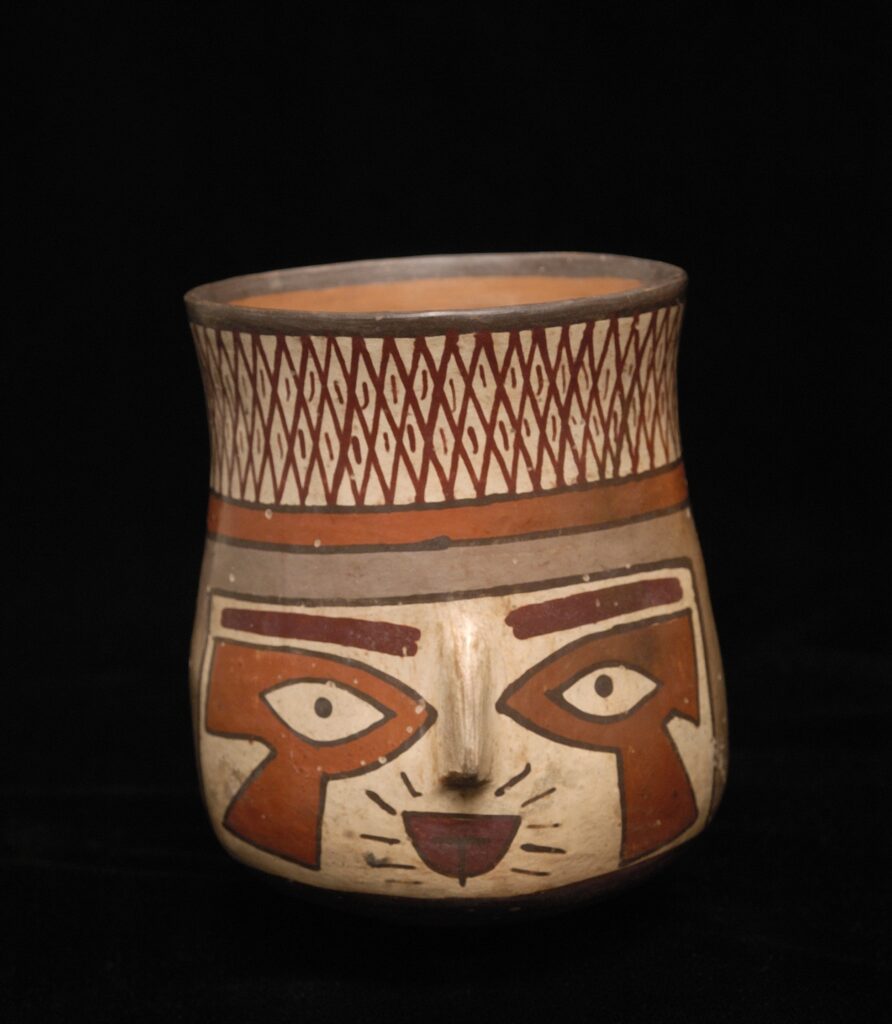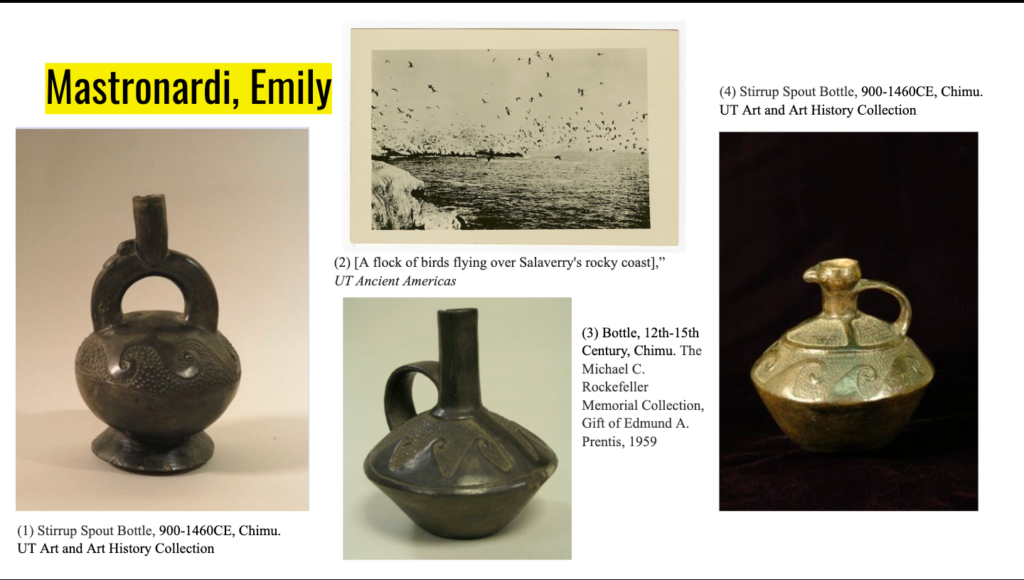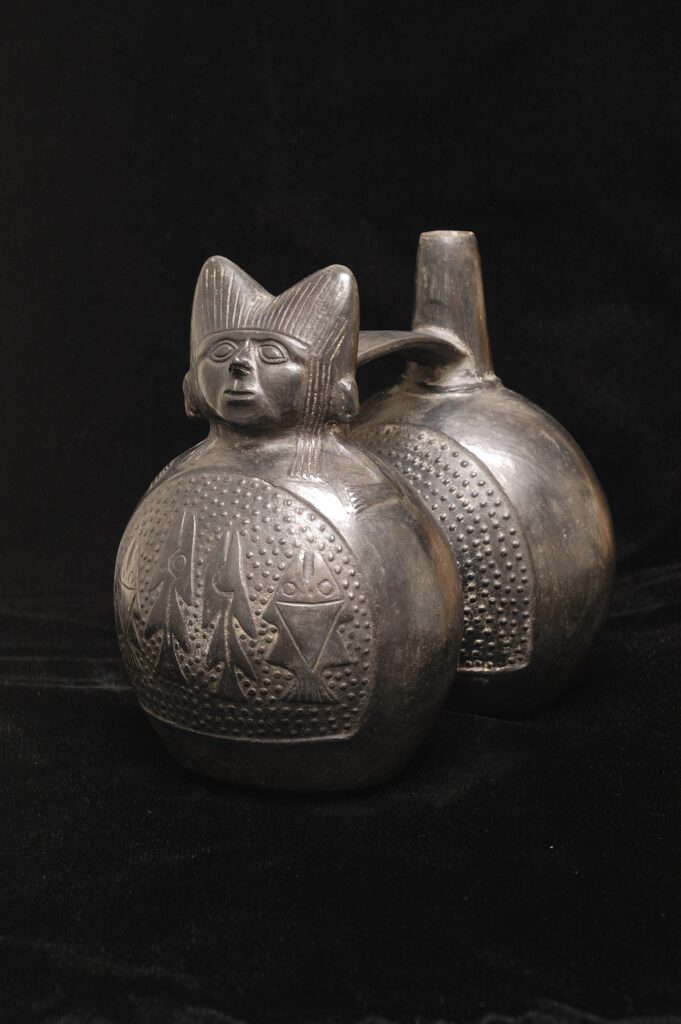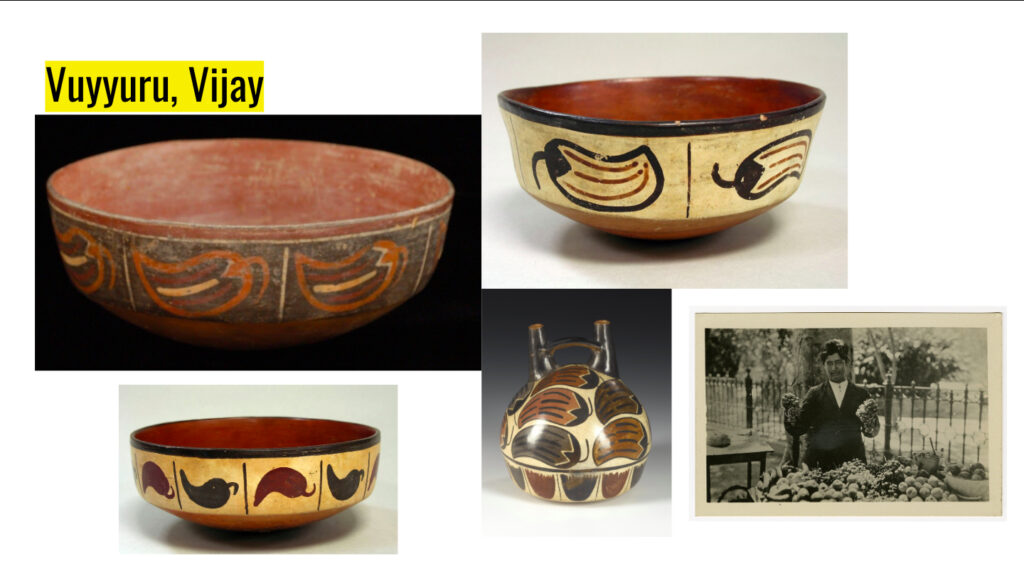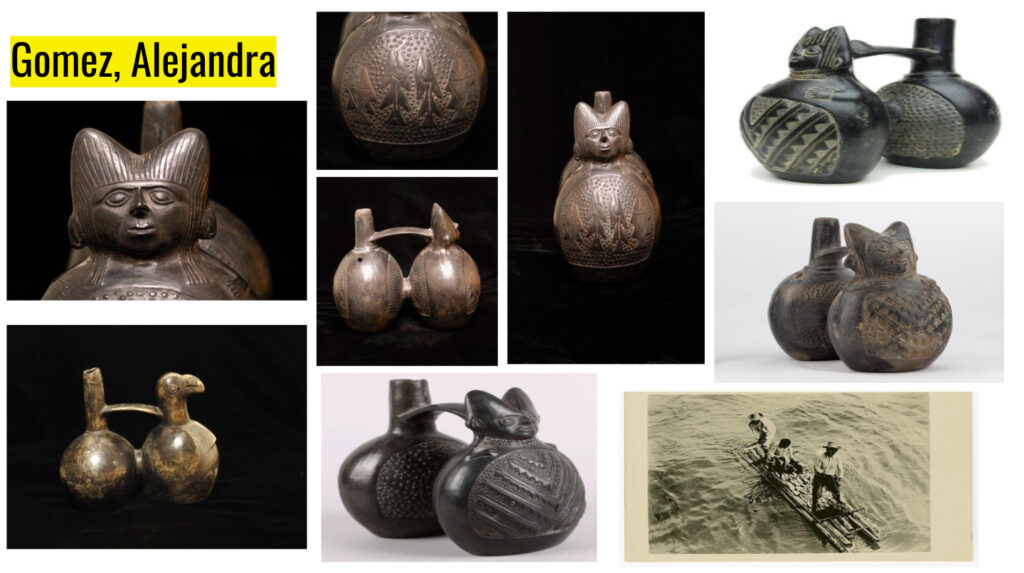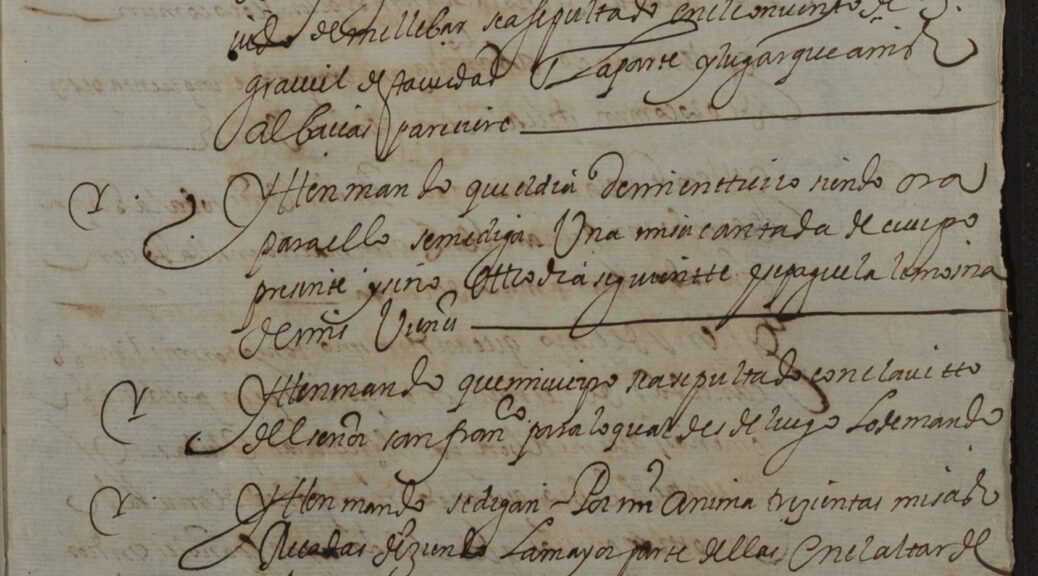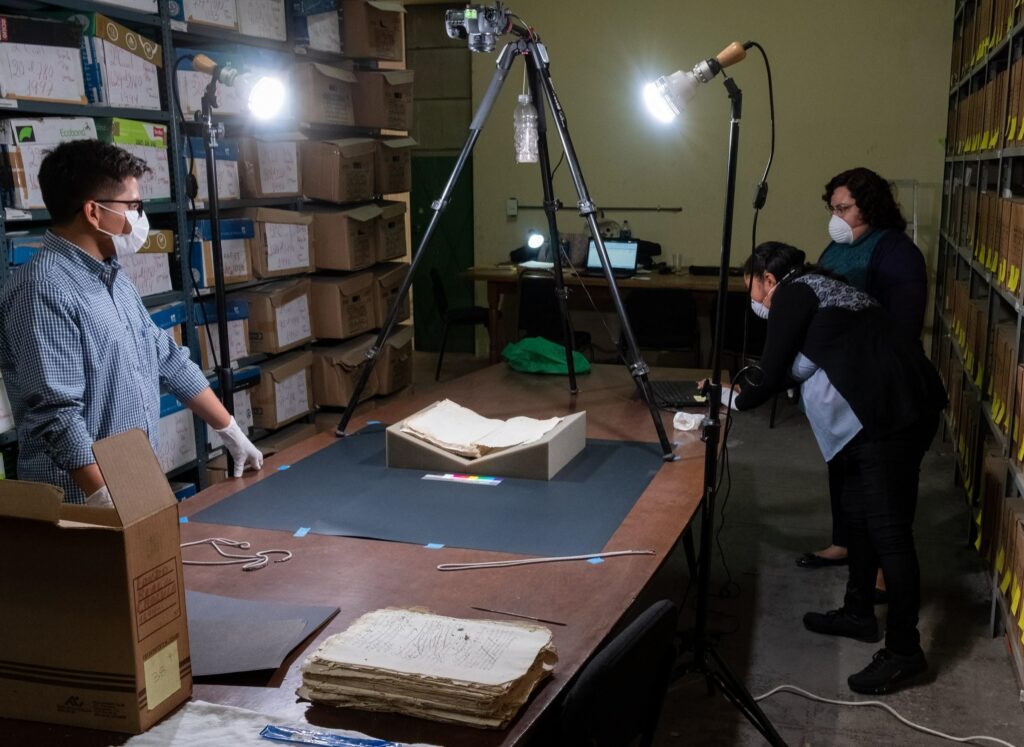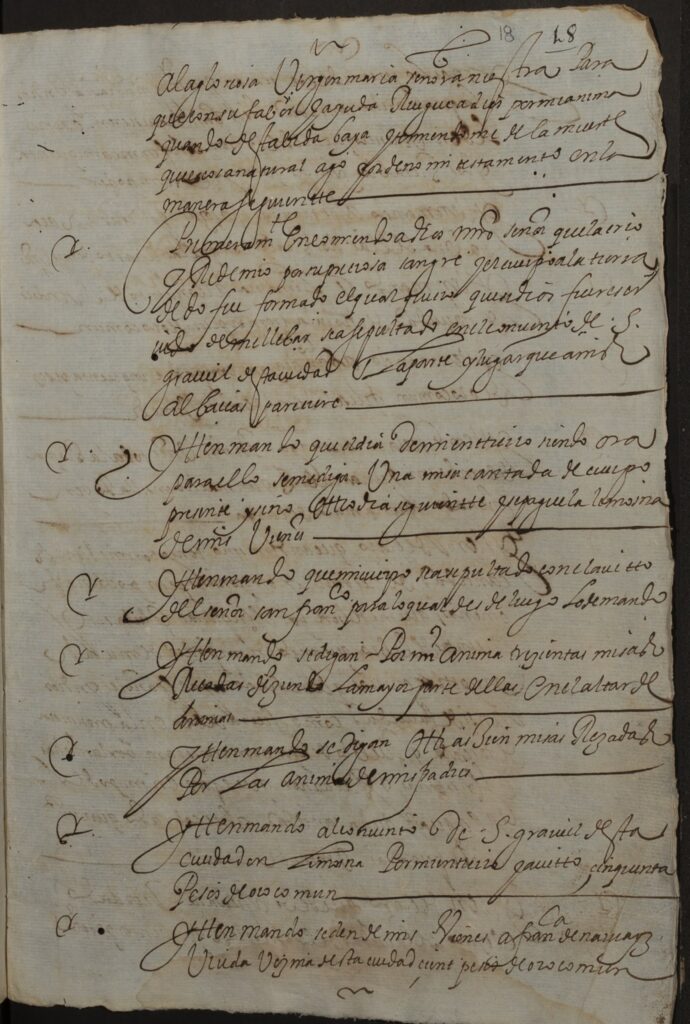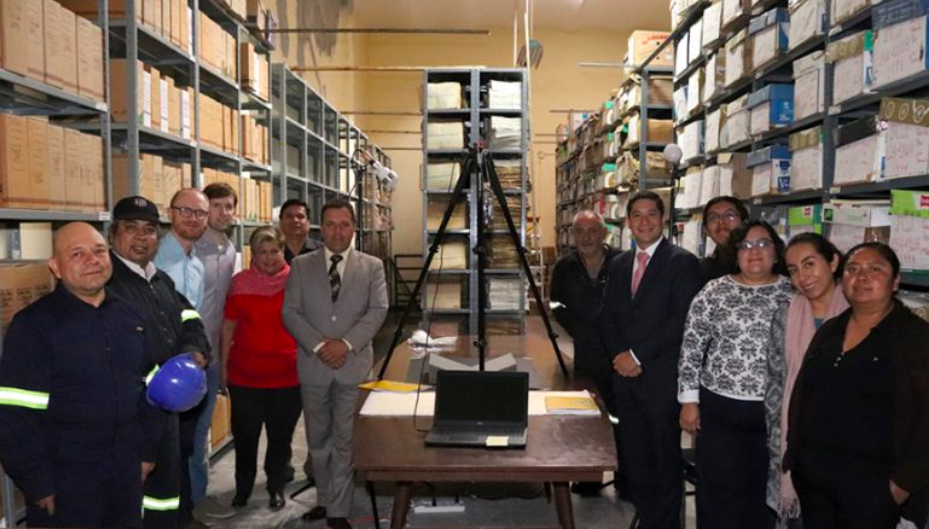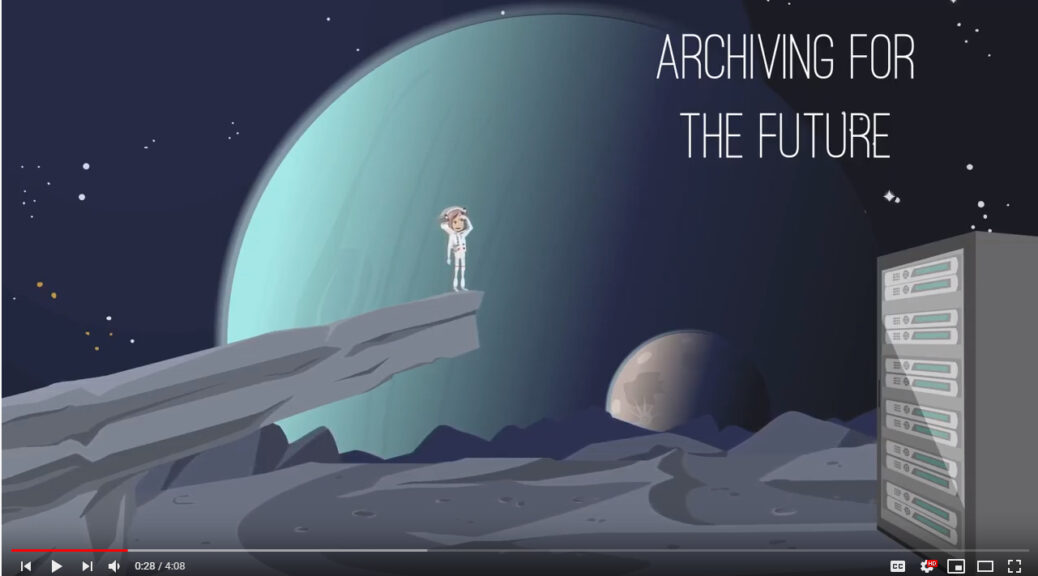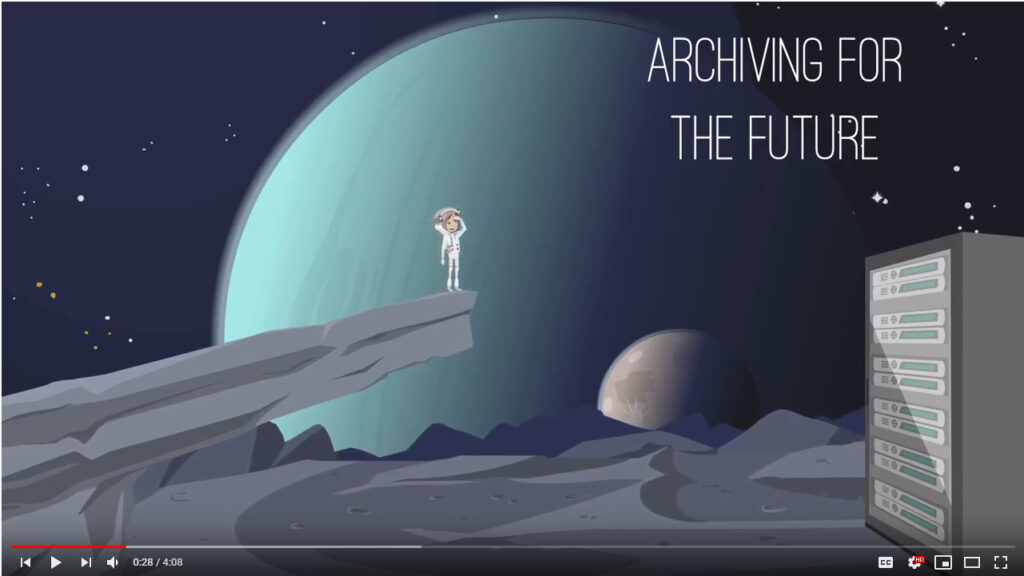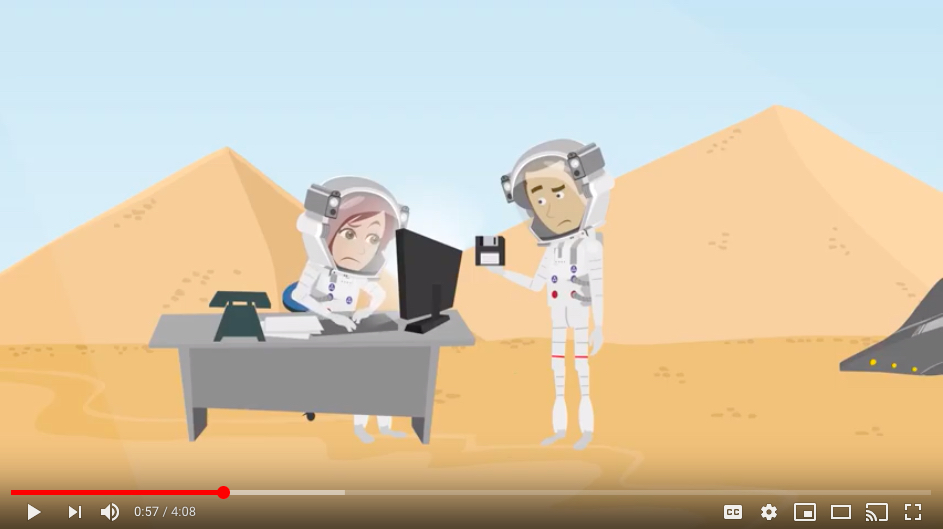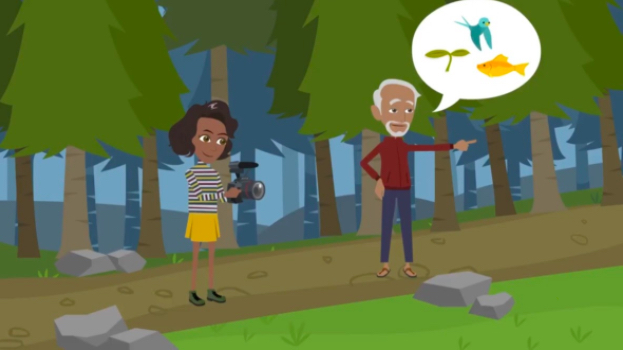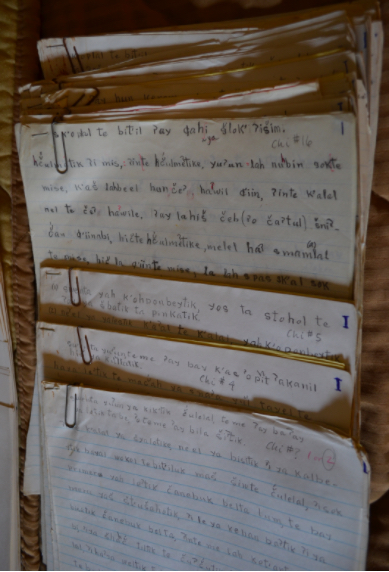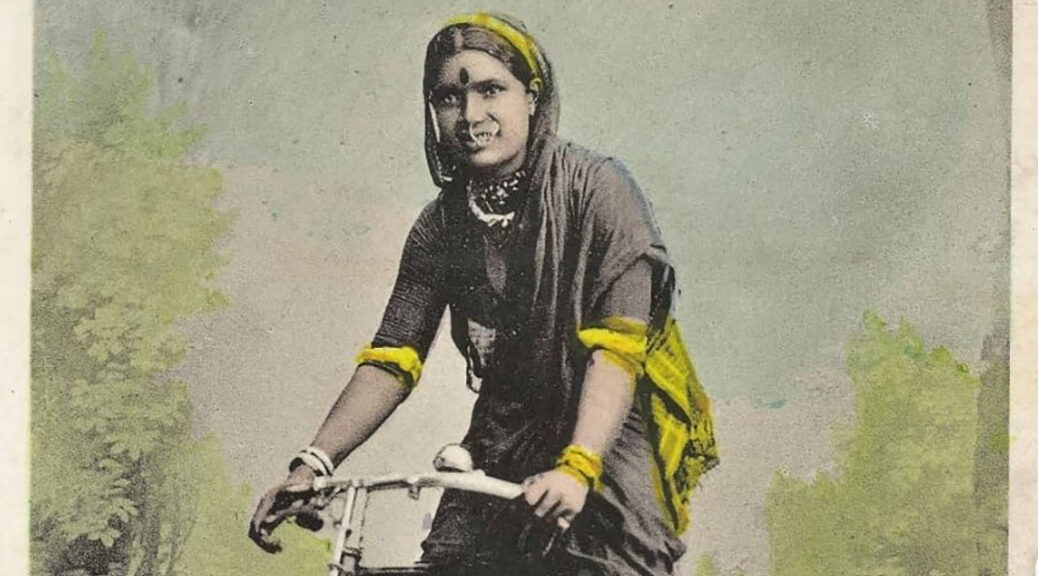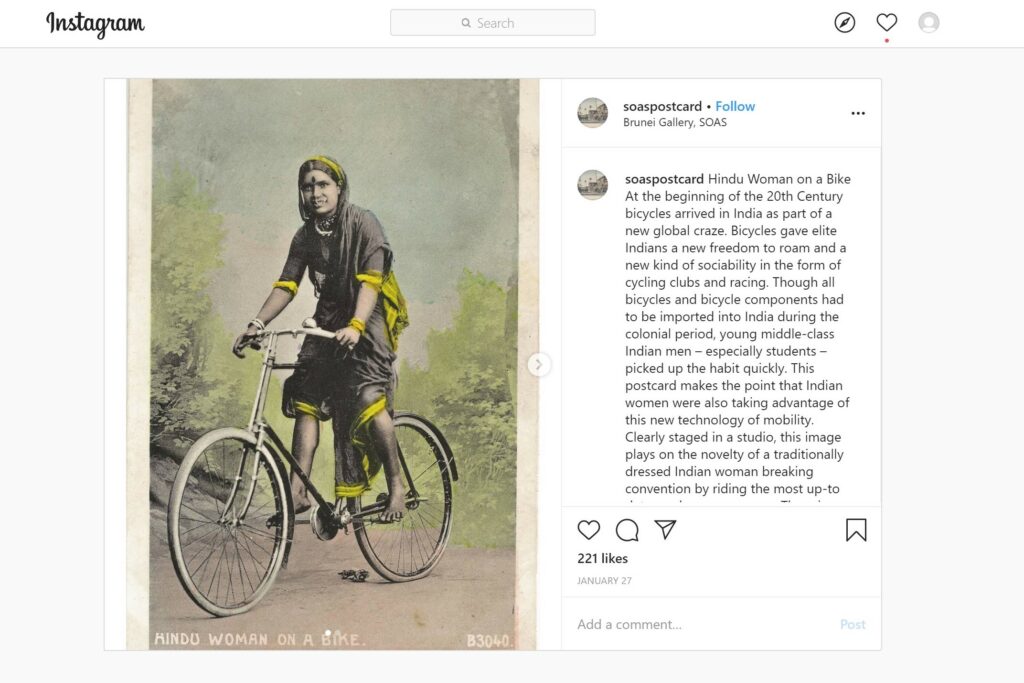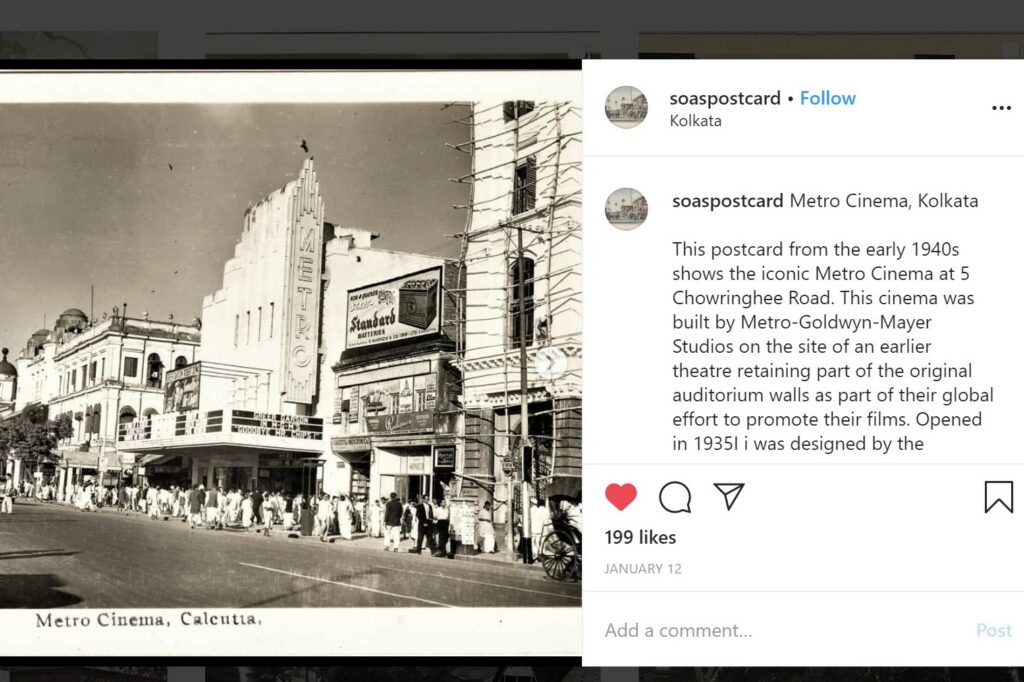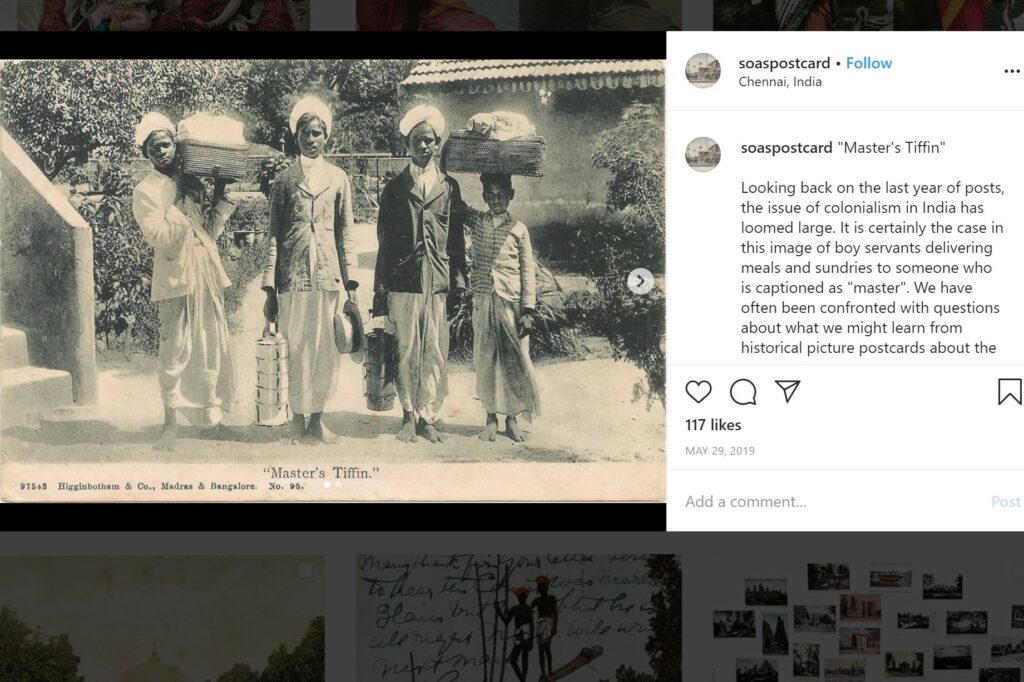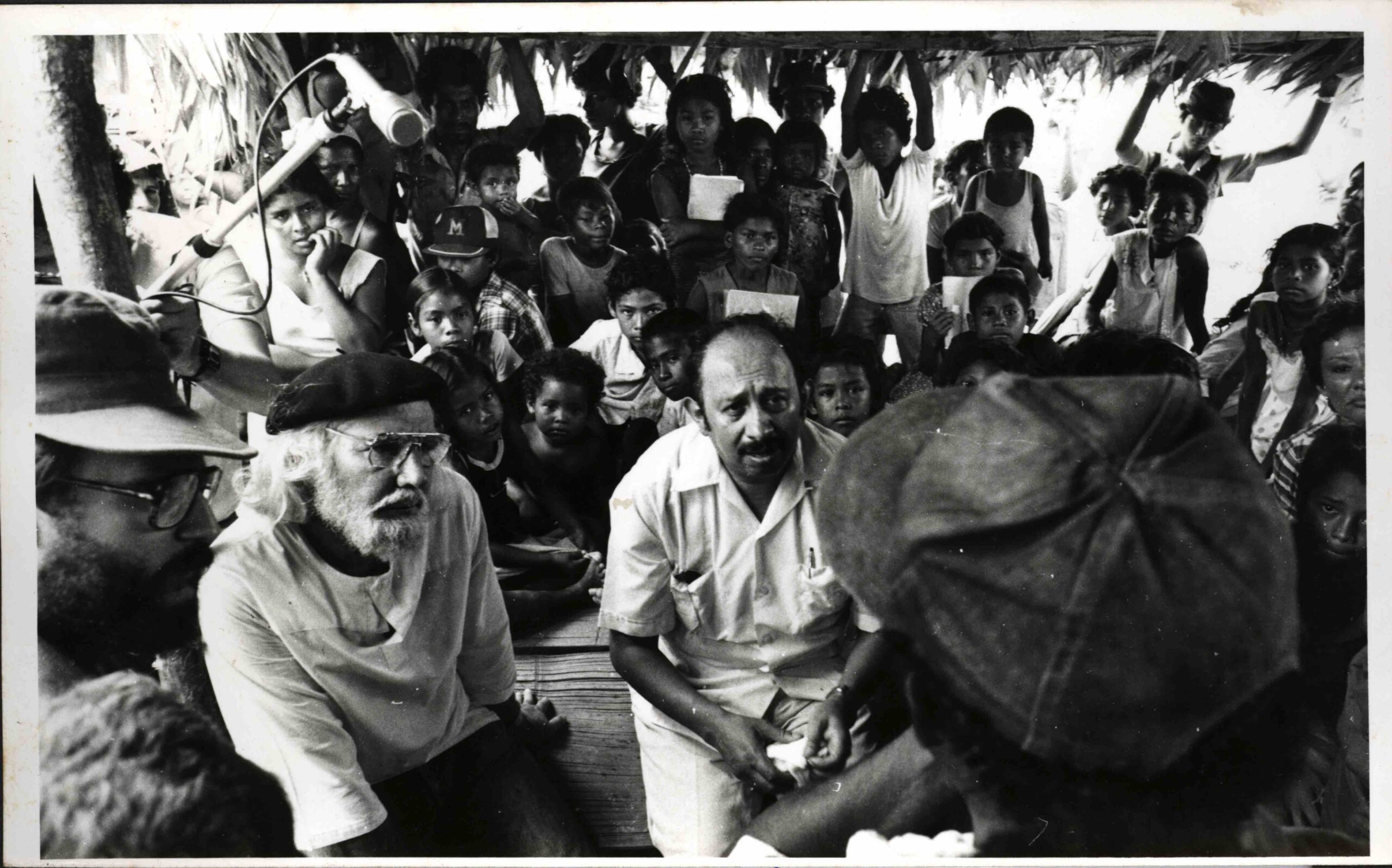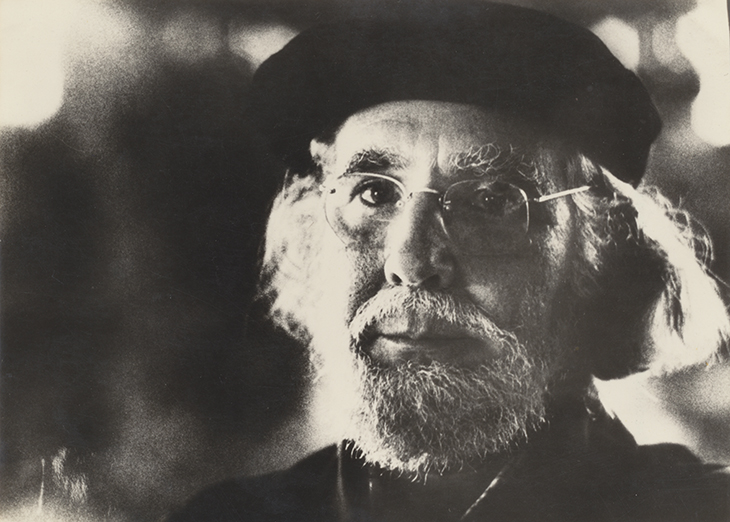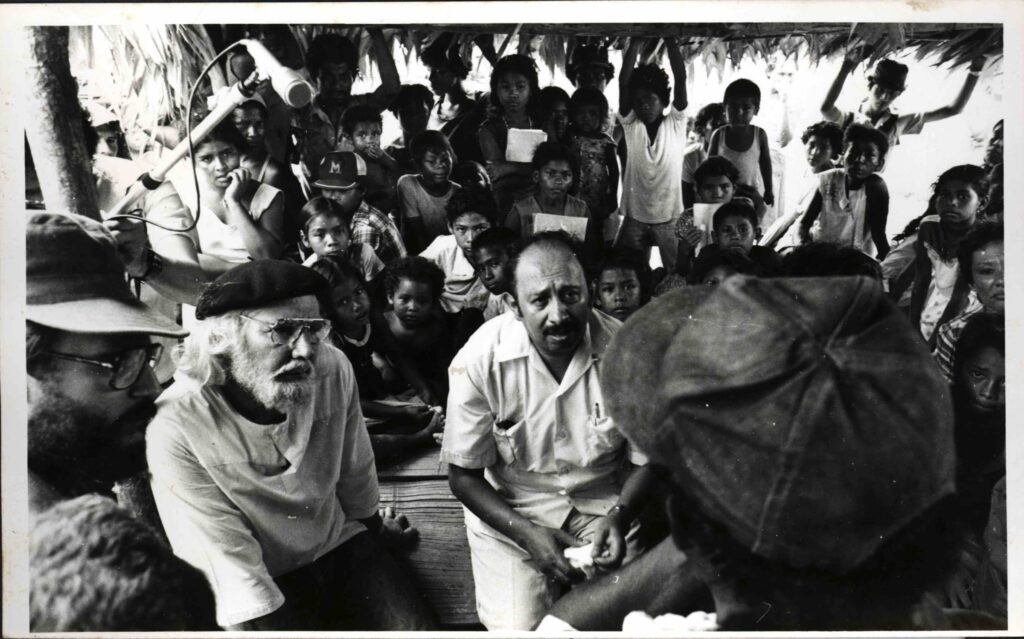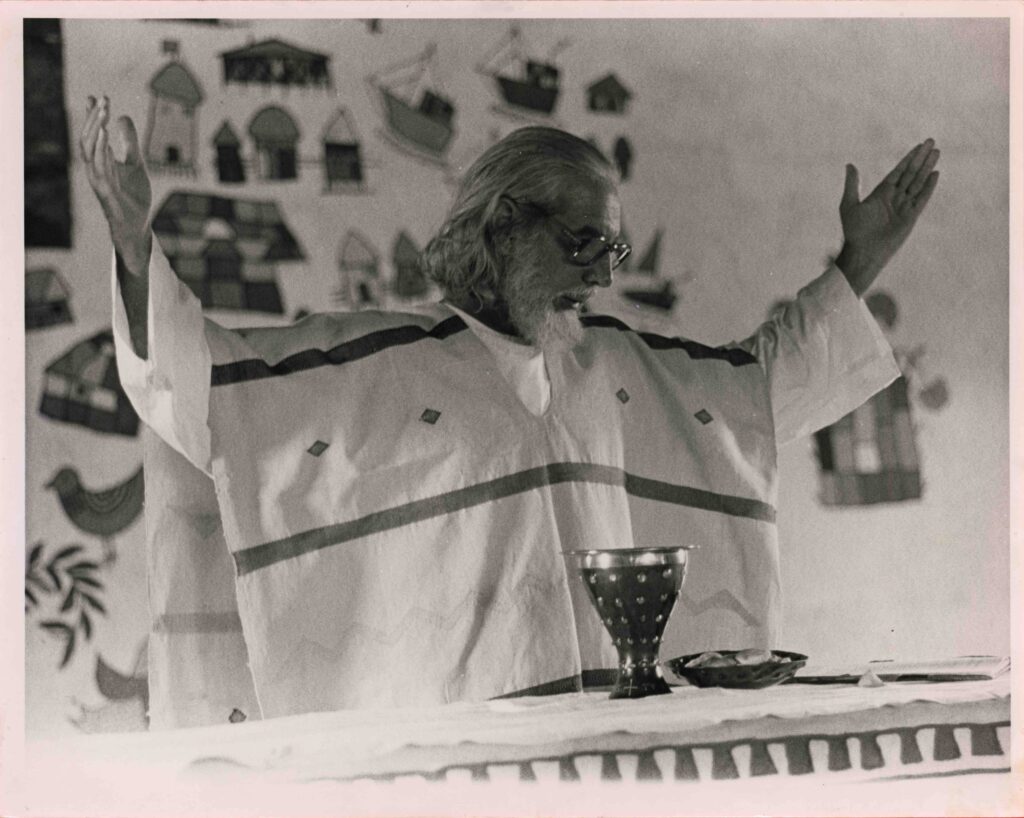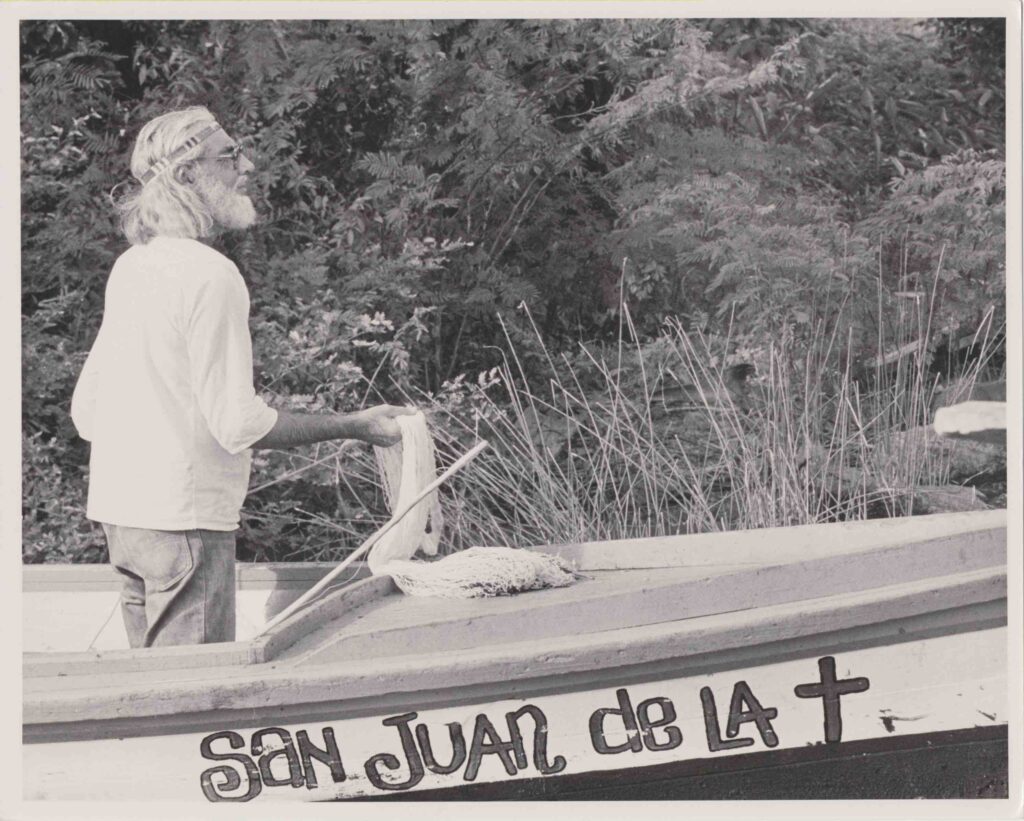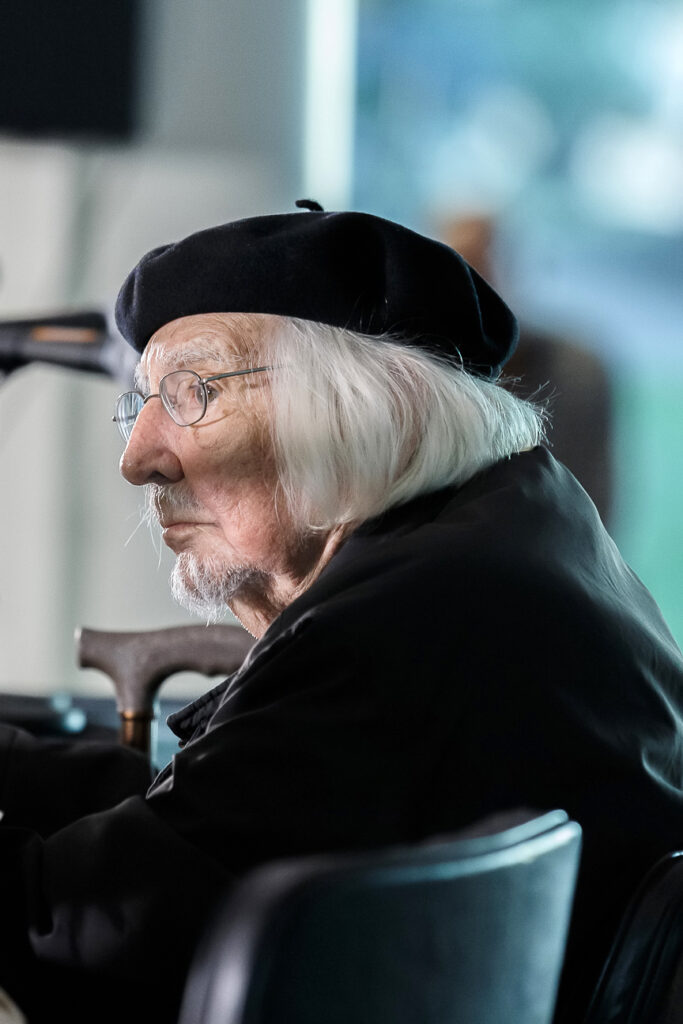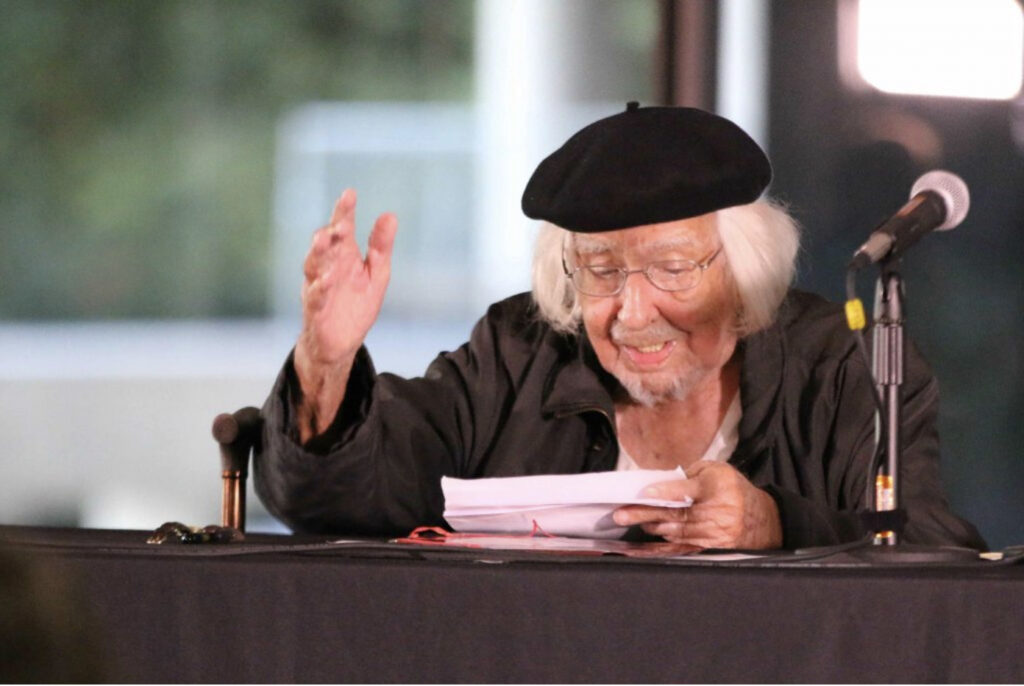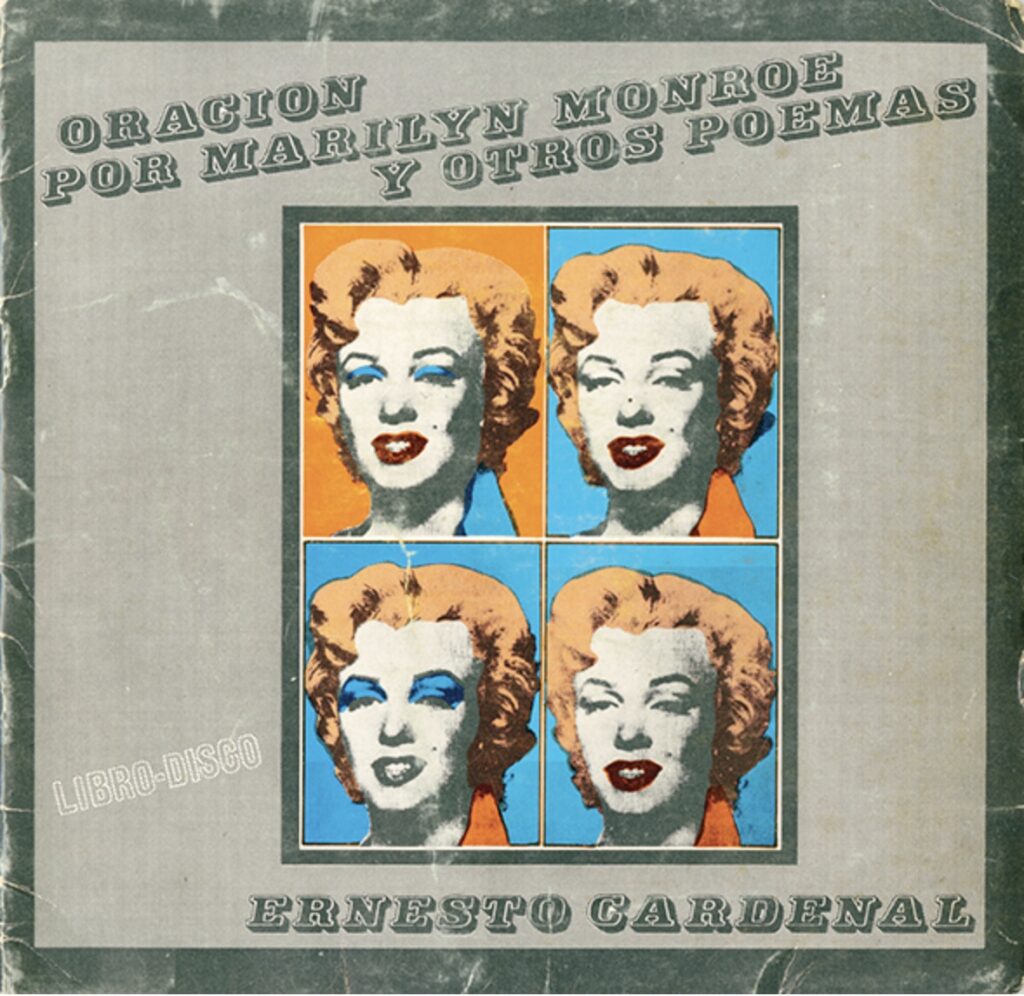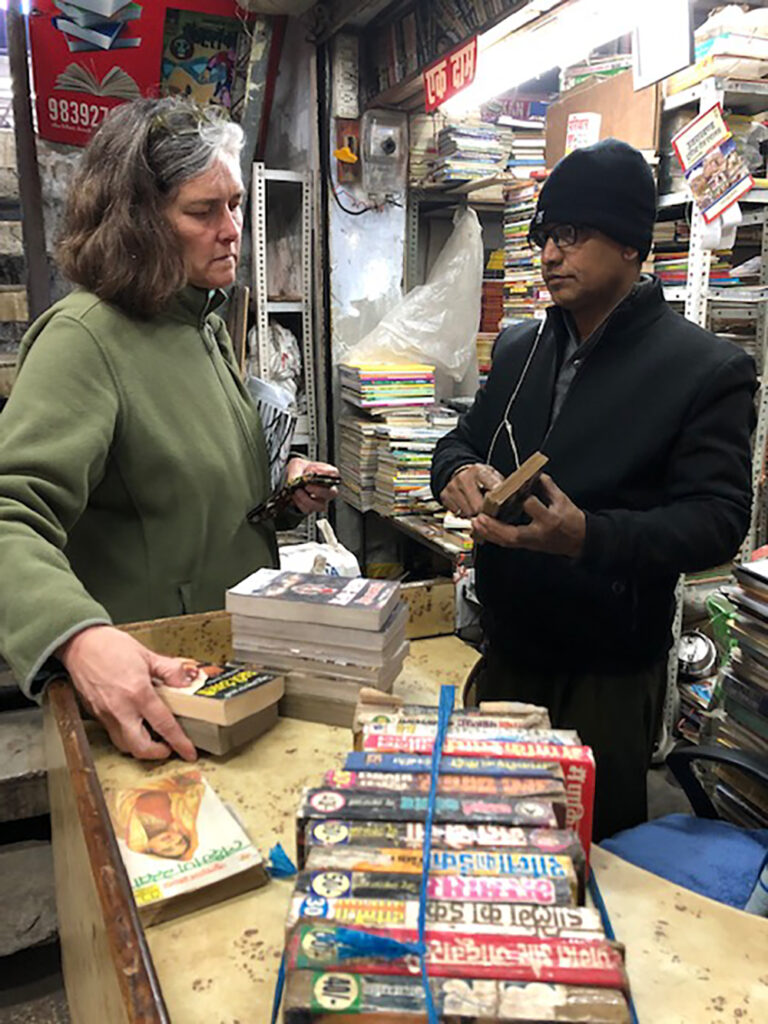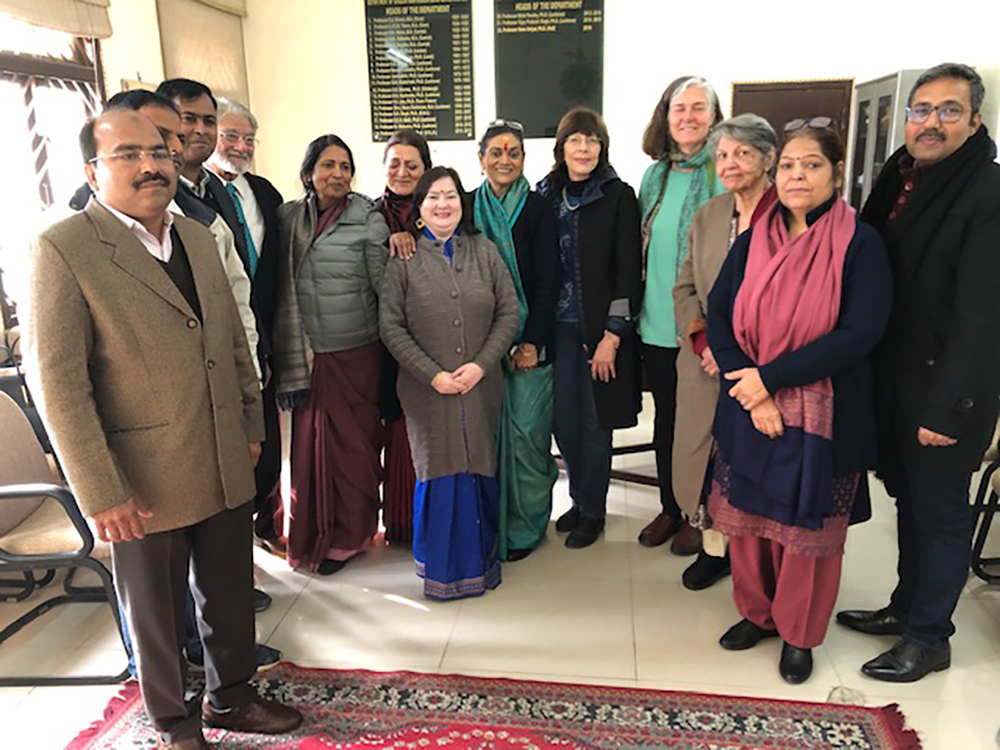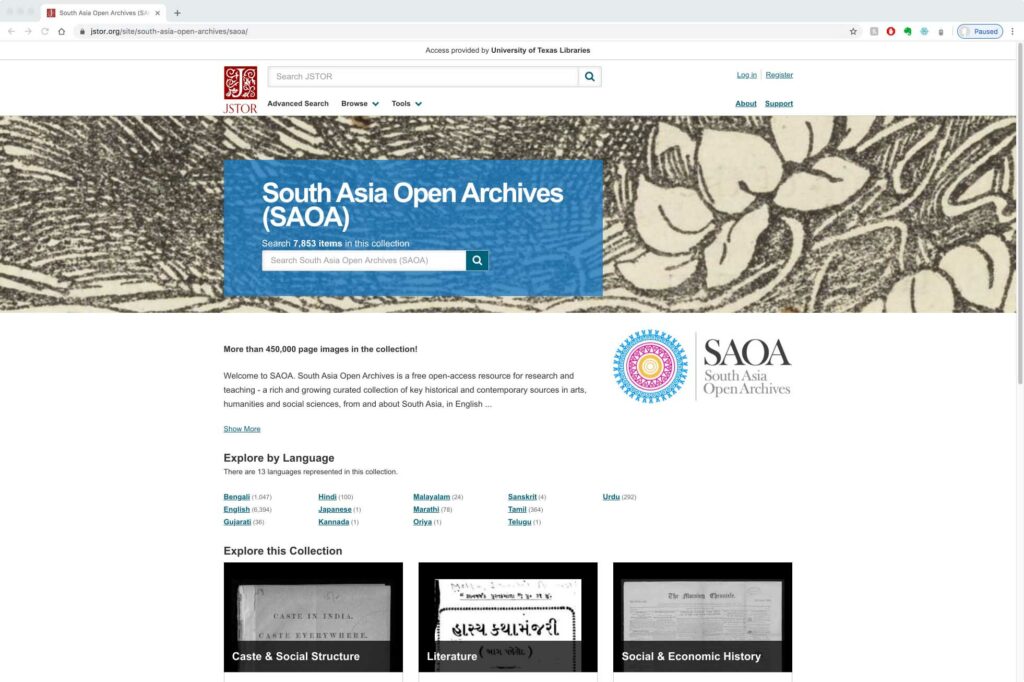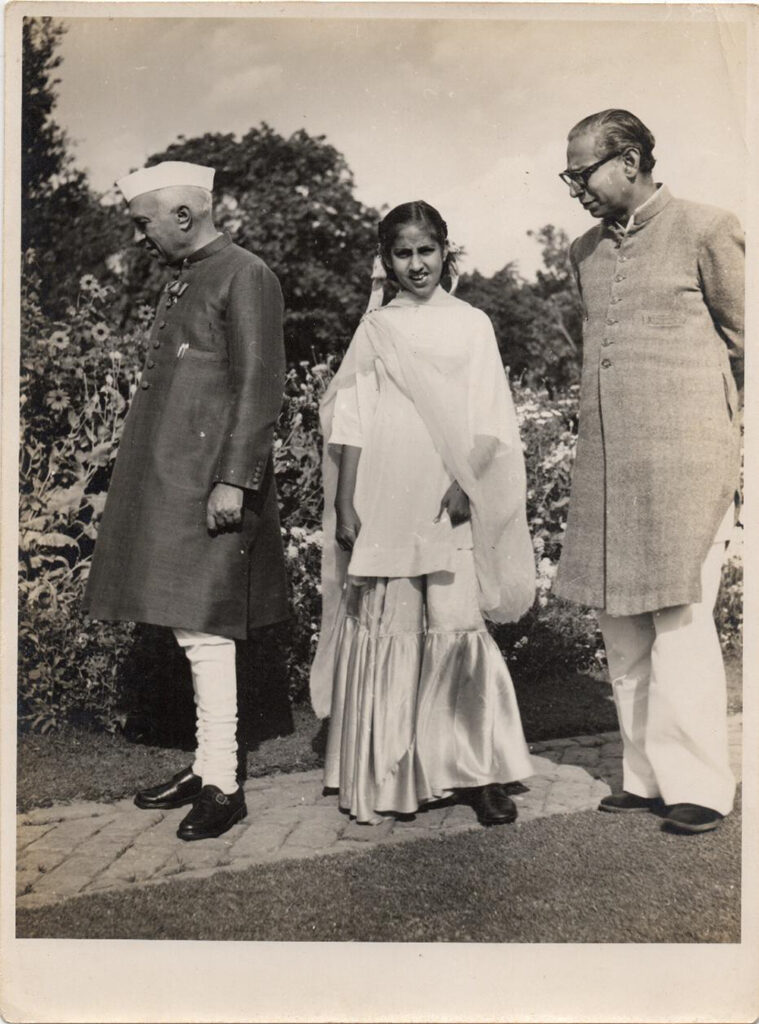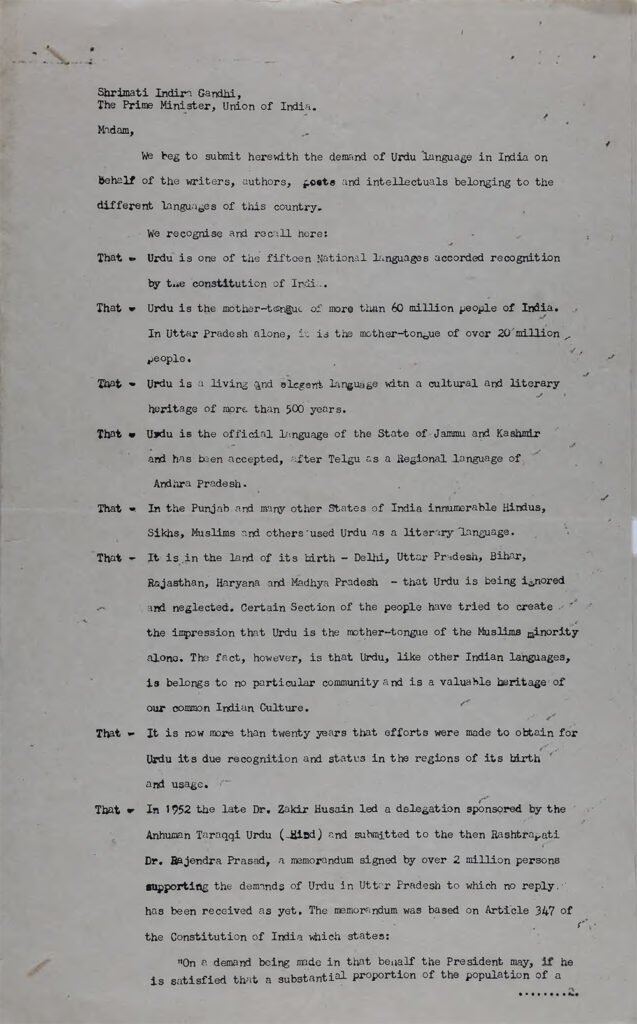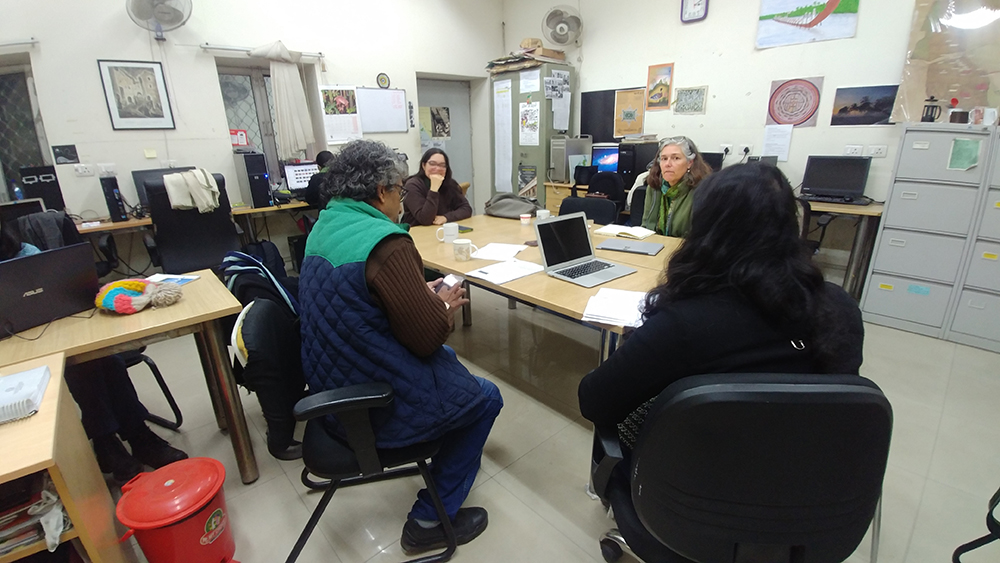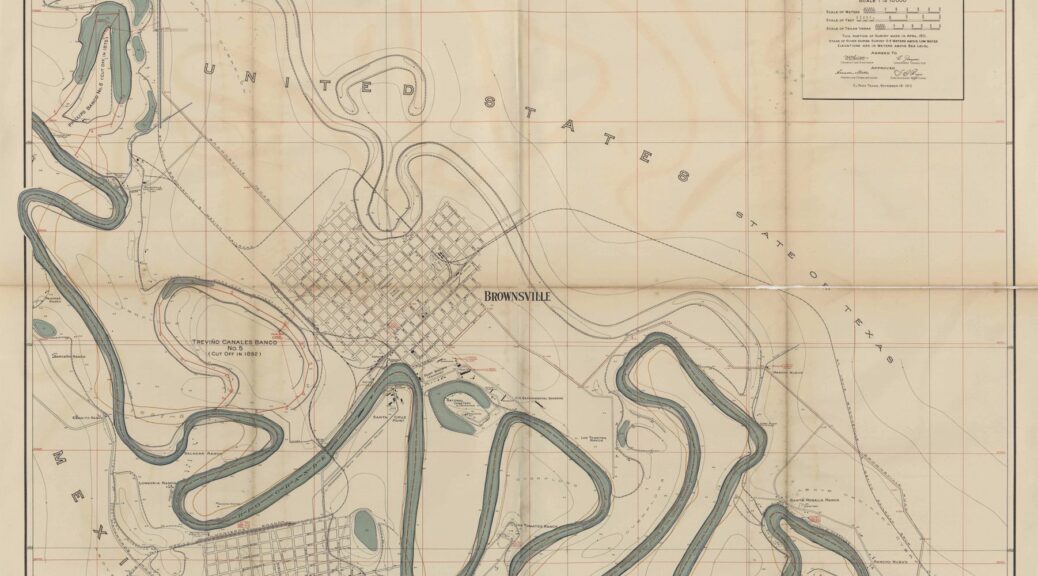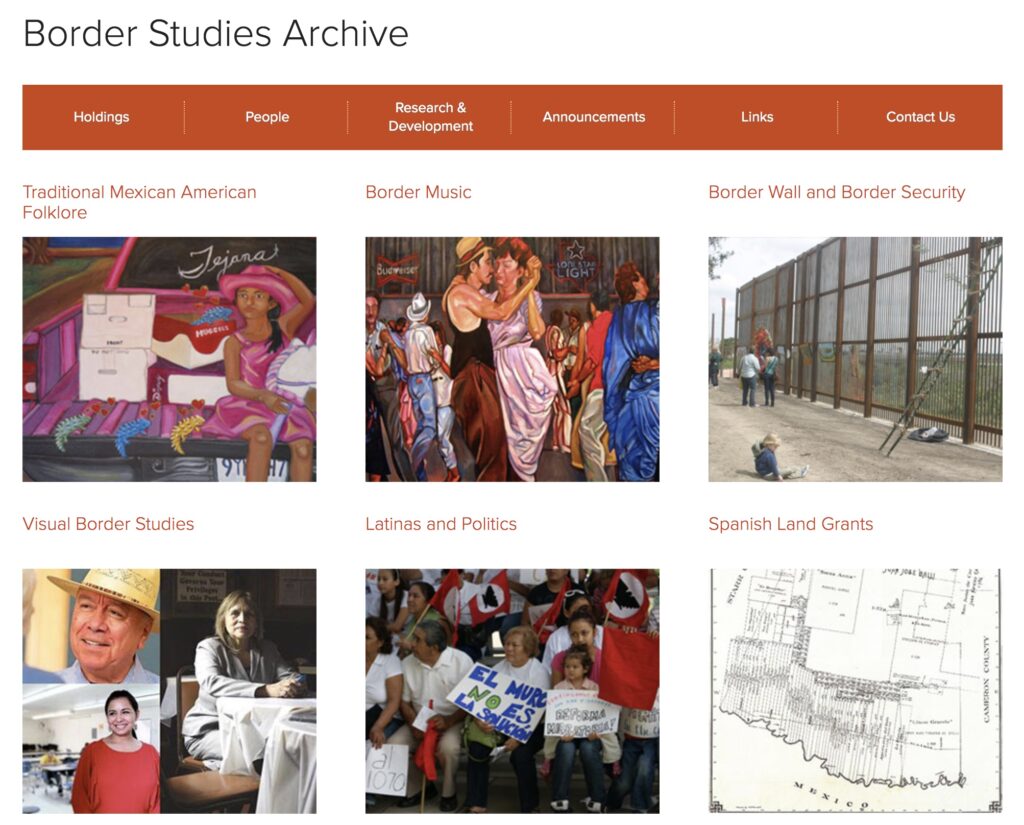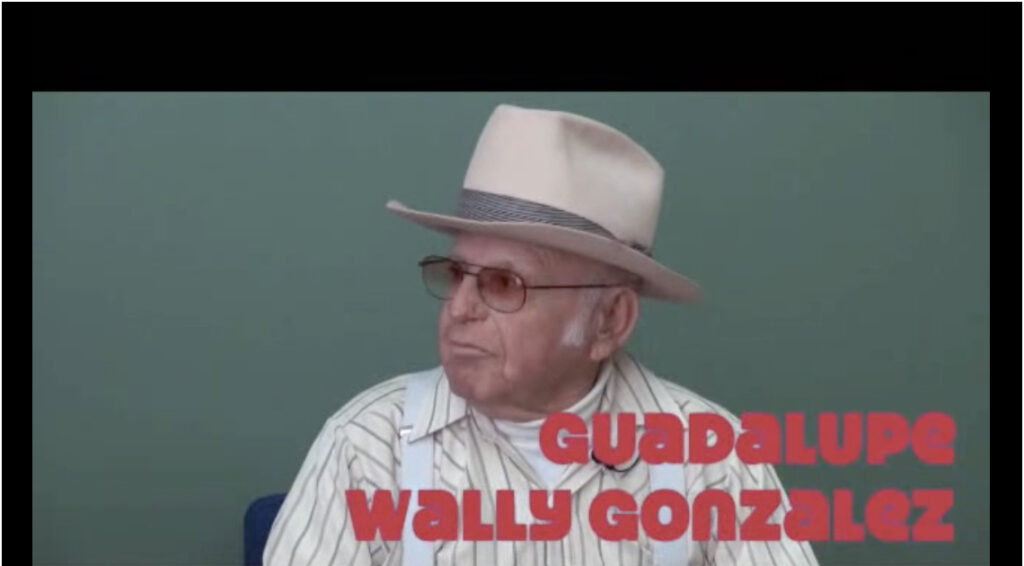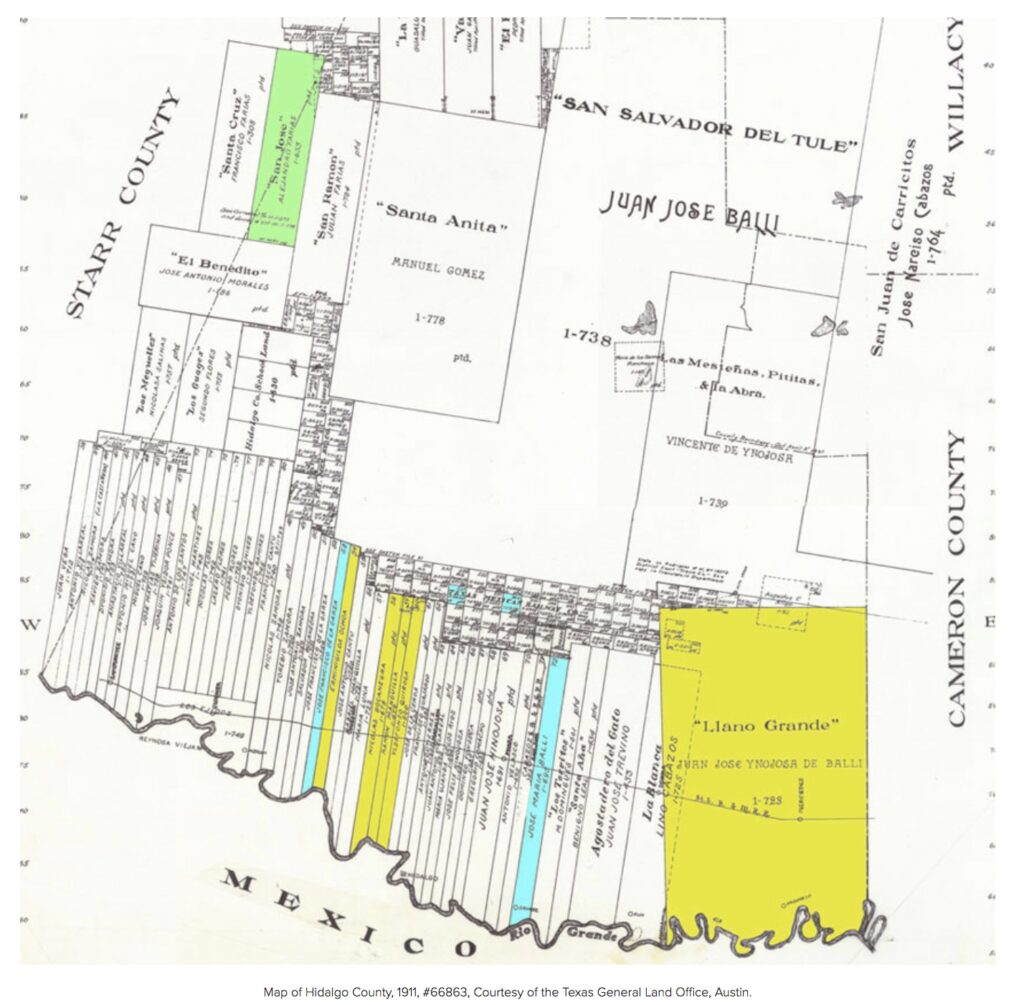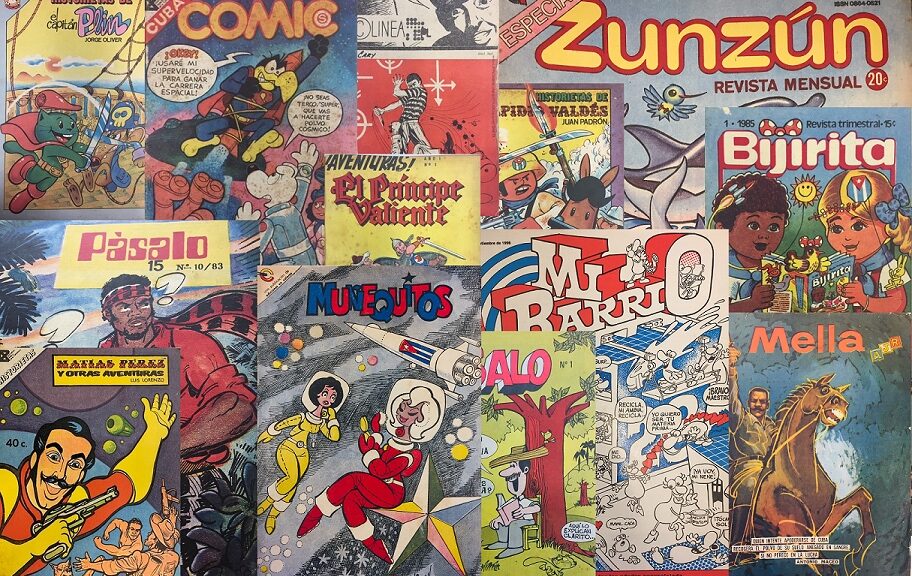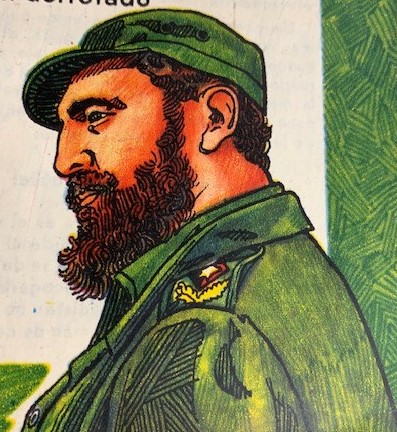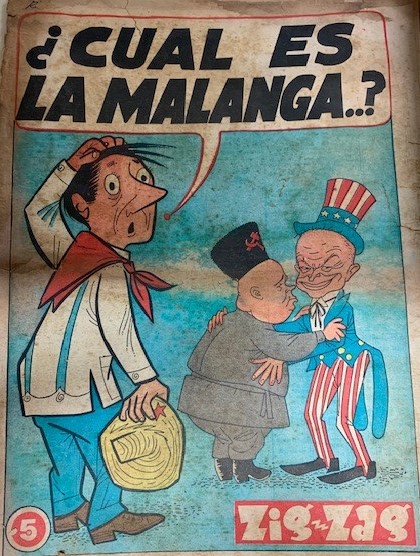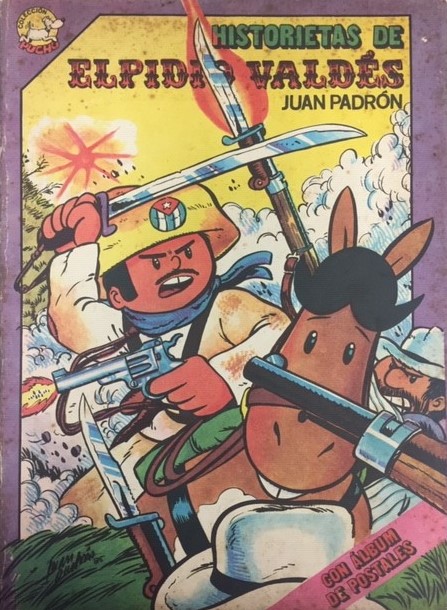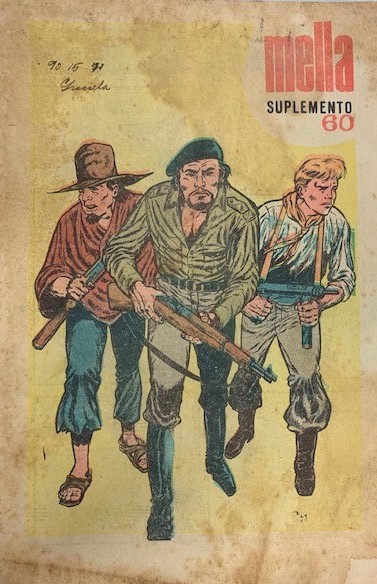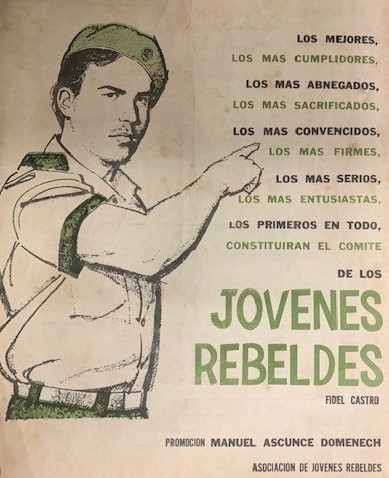POR DAVID A. BLISS / TRADUCIDO POR SUSANNA SHARPE
Read in English / Ler em português
Más de 60 mil imágenes escaneadas, que pertenecen a siete colecciones de archivos digitales, ya se hicieron disponibles en el repositorio Iniciativas Digitales Latinoamericanas (LADI), (ladi.lib.utexas.edu). Recientemente actualizada, la página web fue desarrollada a lo largo de dos años por el equipo de Iniciativas Digitales LLILAS Benson y el equipo de informática de las Bibliotecas de la Universidad de Texas, con el apoyo de la Fundación Andrew W. Mellon. Una versión previa del website fue lanzada en el 2015 y presentó cuatro colecciones de archivos.
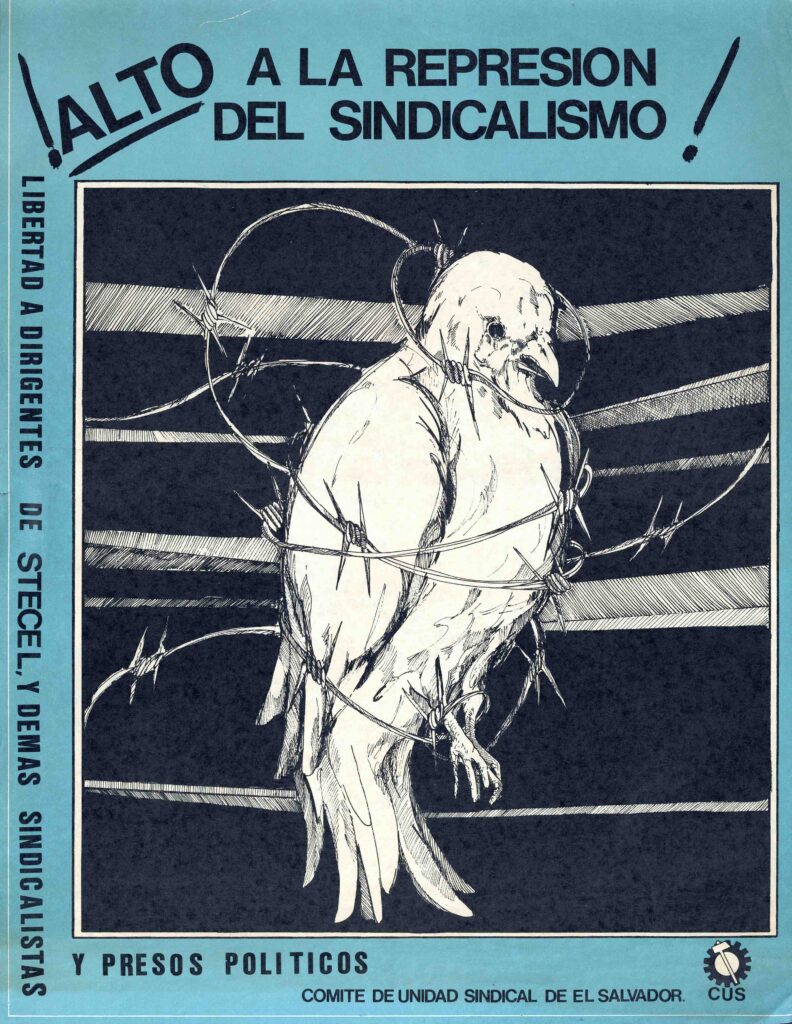
Las imágenes digitalizadas que se encuentran en el repositorio LADI fueron creadas por las organizaciones latinoamericanas que son dueños de los archivos, un trabajo que se realizó a través de una colaboración con LLILAS Benson Colecciones y Estudios Latinoamericanos de la Universidad de Texas en Austin. Las organizaciones colaboradoras produjeron escaneos de alta calidad y metadatos detallados sobre sus colecciones, mientras el personal de LLILAS Benson ofreció equipamiento, entrenamiento en-sitio y consulta técnica, todo dentro de un marco pos-custodial. El propósito del repositorio online es que esté disponible para investigadores, maestros y activistas, tanto como las comunidades a quienes pertenecen los materiales archivados. El sitio puede ser navegado en inglés, español y portugués.
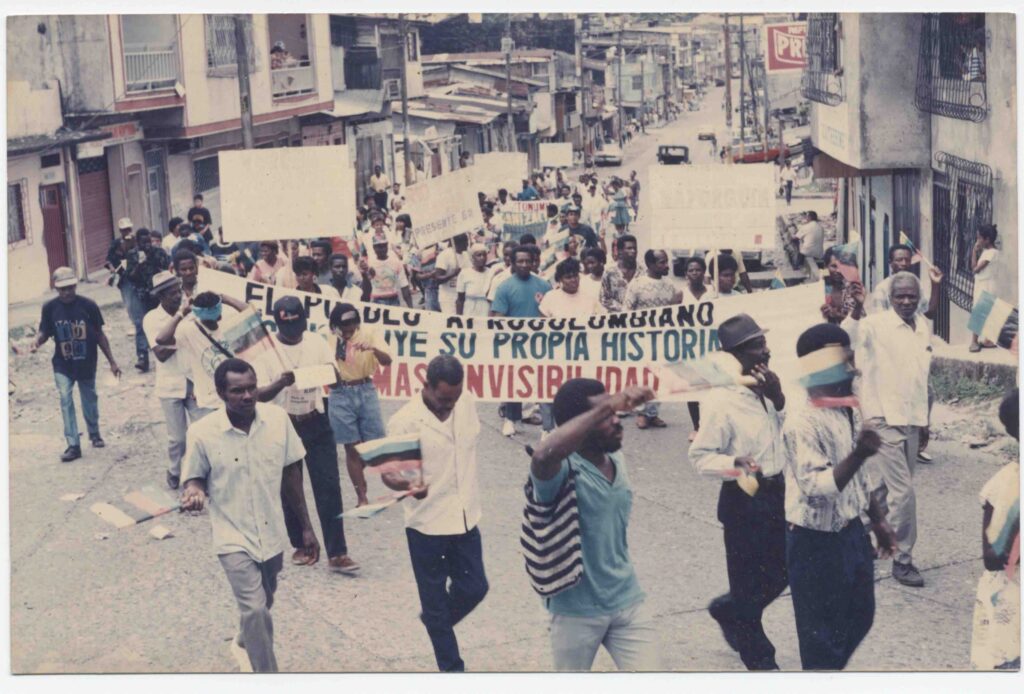
Las colecciones en LADI abarcan los siglos XVI hasta XXI. Fueron creadas por personal de las siguientes organizaciones socias: Archivo Judicial del Estado de Puebla (México), BICU-CIDCA (Nicaragua), Centro de Investigaciones Regionales de Mesoamérica (CIRMA, Guatemala), Equipe de Articulação e Assessorias às Comunidades Negras do Vale do Ribeira (EAACONE, Brasil), Museo de la Palabra y la Imagen (MUPI, El Salvador) y Proceso de Comunidades Negras (PCN, Colombia). La variedad de materiales encontradas en estas colecciones refleja la diversidad étnica y social de Latinoamérica. A la vez, las colecciones manifiestan temas y luchas comunes que atraviesan las fronteras temporales y geográficas. Las áreas de destaque común de las colecciones incluyen los derechos afro-latinx e indígenas; la justicia ambiental; y los conflictos armados internos de la época de la Guerra Fría.
Las colecciones
- Archivo de Inforpress Centroamericana (CIRMA, Guatemala)
- Colección Conflicto Armado. Afiches. (MUPI, El Salvador)
- Colección Conflicto Armado. Publicaciones. (MUPI, El Salvador)
- Colección Digital del Periódico “La Información” (BICU-CIDCA, Nicaragua)
- Colección Digital Fondo Real de Cholula (Archivo Judicial del Estado de Puebla, México)
- Colección Dinamicas Organizativas del Pueblo Negro en Colombia (PCN, Colombia)
- Quilombos do Vale do Ribeira SP/PR (EAACONE, Brasil)
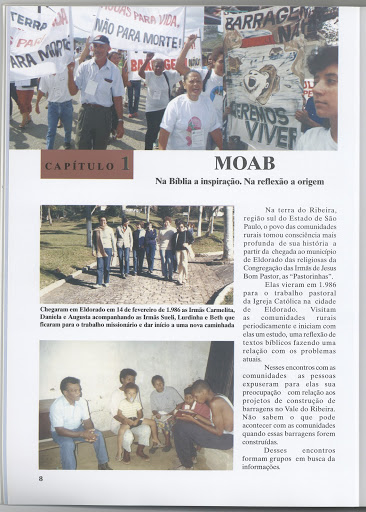
Detalles de la versión actualizada
La nueva versión del sitio fue construida desde cero con el uso de tecnología de acceso abierto que consiste en Fedora 5, Islandora 8 y Drupal 8, basado en el Marco de Descripción de Recursos (Resource Description Framework, o RDF) para datos enlazados. La infraestructura del repositorio actualizado representa un gran mejoramiento en la capacidad multilingüe el sitio, y provee mayores conexiones entre objetos, para mejorar las búsquedas avanzadas y la visibilidad. El sitio fue desarrollado utilizando una combinación de herramientas estándar de Islandora y código especialmente diseñado, el cual ha sido donado a la comunidad Islandora.
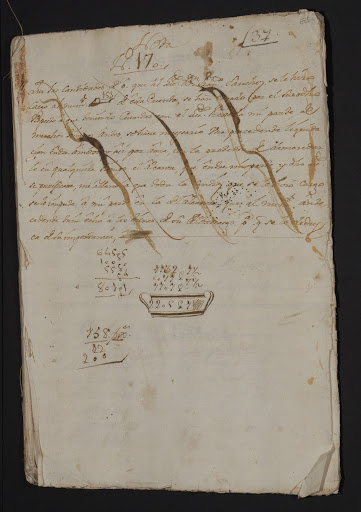
Los miembros del equipo central del proyecto son David Bliss, Itza Carbajal, Minnie Rangel, Brandon Stennett y Theresa Polk. El equipo de Iniciativas Digitales de LLILAS Benson también quisiera reconocer las contribuciones de muchos colegas y entidades que apoyaron este proyecto, como el personal y el liderazgo en las organizaciones colaboradoras; los/las investigadores Dr. Anthony Dest, Dra. Lidia Gómez García, Dra. Kelly McDonough y Dr. Edward Shore; los/las traductores Tereza Braga, Jennifer Isasi, Joshua Ortiz Baco y Albert Palacios; servicios IT de Bibliotecas UT; el equipo de Administración Digital de las Bibliotecas UT; la administradora de subvenciones de LLILAS Benson Megan Scarborough; el liderazgo de las Bibliotecas de UT y de LLILAS Benson; los asistentes posgraduados que contribuyeron a este proyecto—Alejandra Martínez, Joshua Ortiz Baco y Elizabeth Peattie.
David A. Bliss es archivista de procesamiento digital en LLILAS Benson Colecciones y Estudios Latinoamericanos, La Universidad de Texas en Austin.

